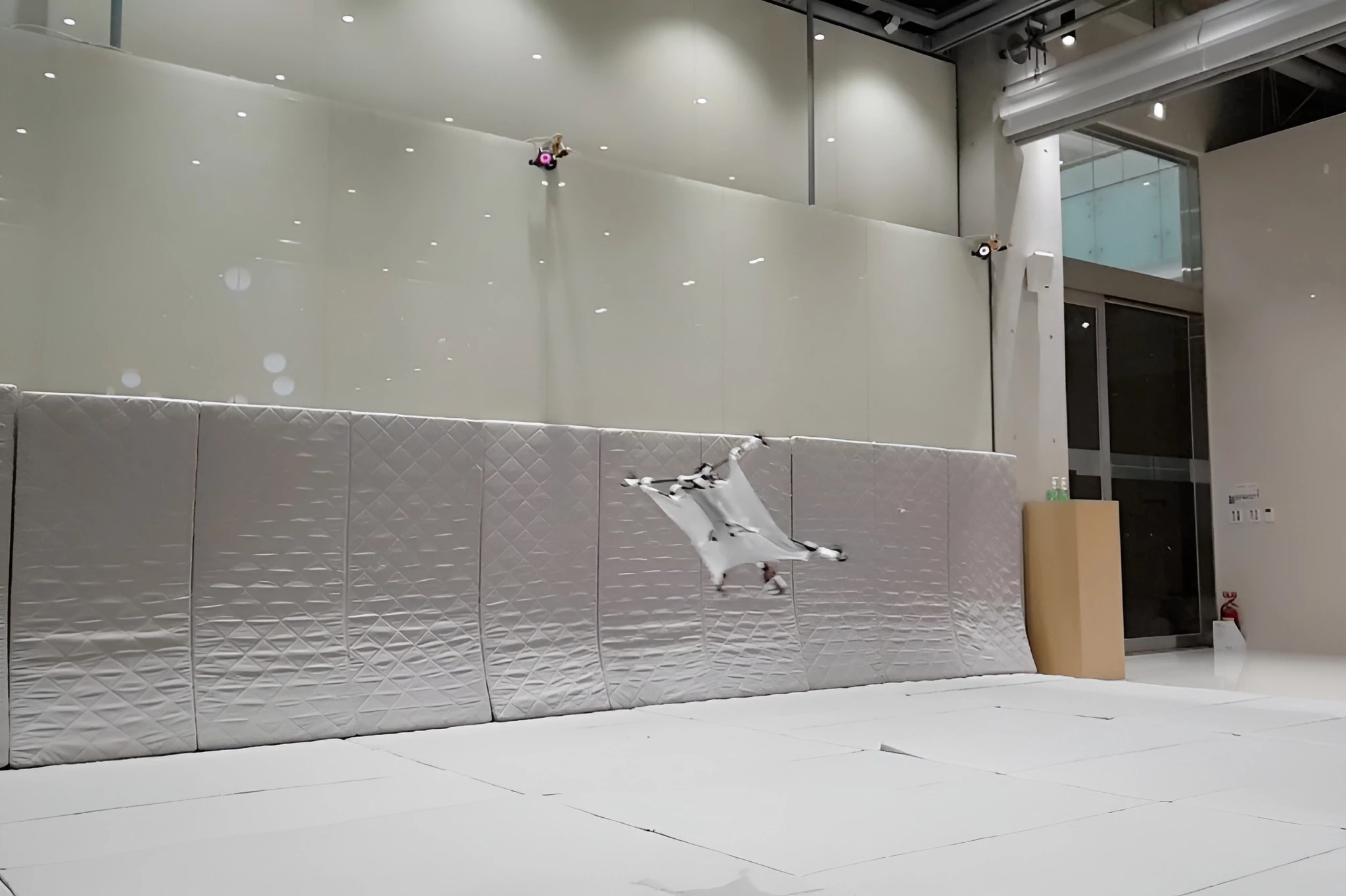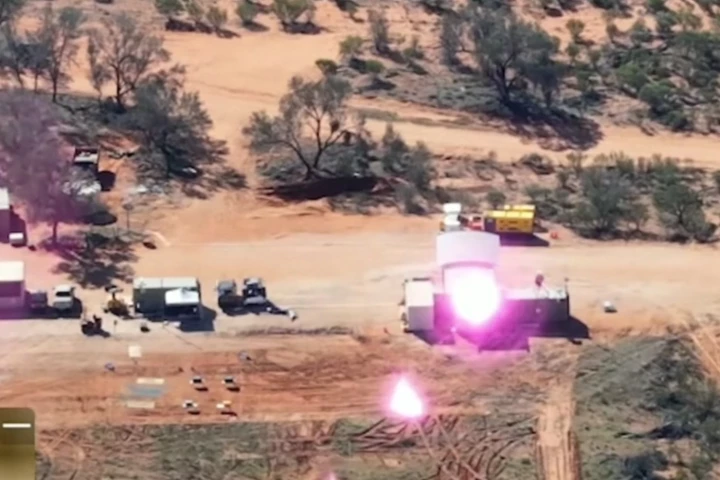Even the nimblest of quadcopters still struggle to halt their lateral momentum when moving fast, limiting their maneuverability. An experimental drone addresses that problem in a bio-inspired fashion, by extending flying-squirrel-like membranous wings as needed.
Developed by Dohyeon Lee, Jun-Gill Kang and Soohee Han at South Korea's Pohang University of Science and Technology (POSTECH), the miniature aircraft flies just like a regular quadcopter most of the time. It incorporates the usual quad layout, with a central electronics-containing body surrounded by four propeller-tipped arms.
Located between the front and rear arms on each side, however, is a flying-squirrel-inspired silicone-membrane wing. Those wings are kept folded in when cruising, allowing the drone to stay relatively streamlined.
When sudden deceleration is required, though, the wings are simultaneously extended by a servo-activated four-bar linkage mechanism (one mech per wing). The drone dips its rear end at the same time, allowing the air-catching wings to exert maximum stopping force via aerodynamic drag.
The aircraft can then proceed to hover on the spot, shoot off in another direction, or use the wings to glide in for a landing.

While the initial version of the drone was created in 2023, the scientists have now developed an AI-based Thrust-Wing Coordination Control (TWCC) system that boosts maneuverability by improving coordination between the propellers and the wings.
In computer-model simulations, it was found that the TWCC tech allowed a drone to make its way around a forest-like obstacle course with a 90.5% success rate. By contrast, the success rates for wingless or fixed-wing drones were just 9.52% and 19%, respectively.
A paper on the research was recently made available on arXiv. You can see the drone in flying-squirrel-like action, in the video below.
Source: GitHub





